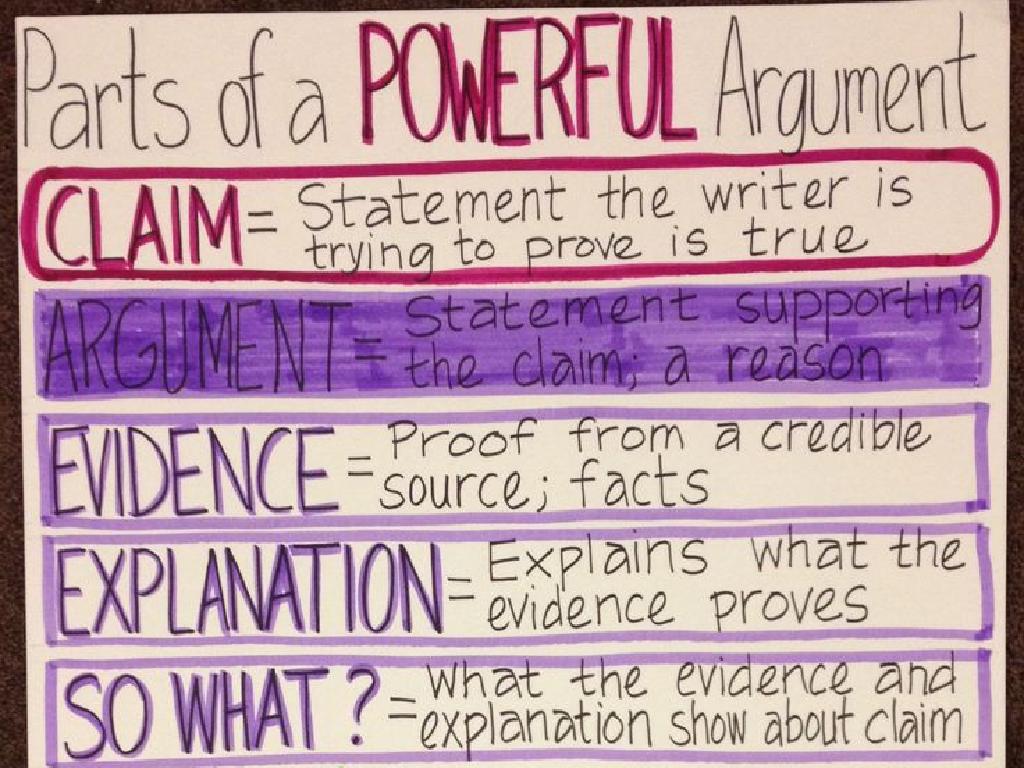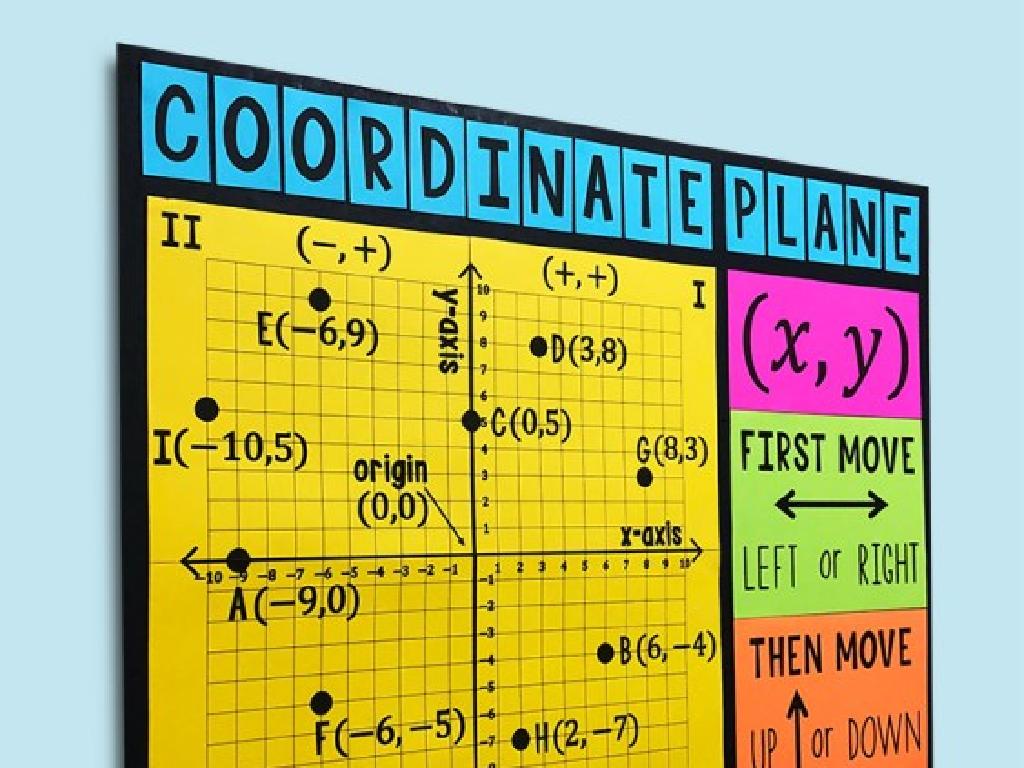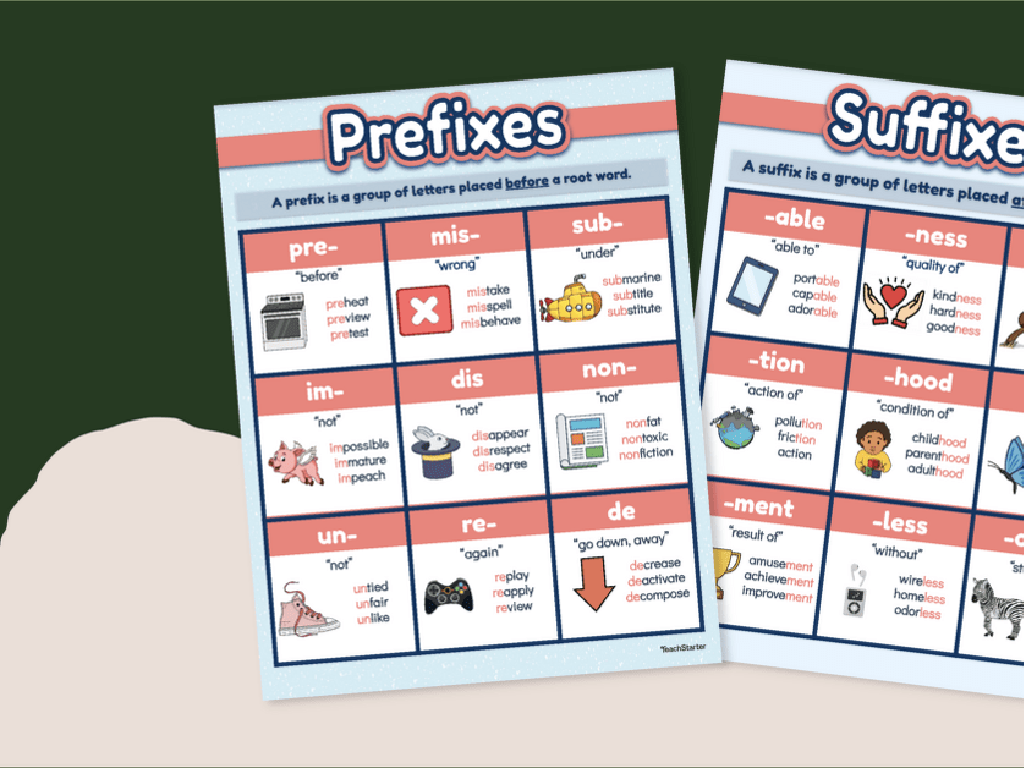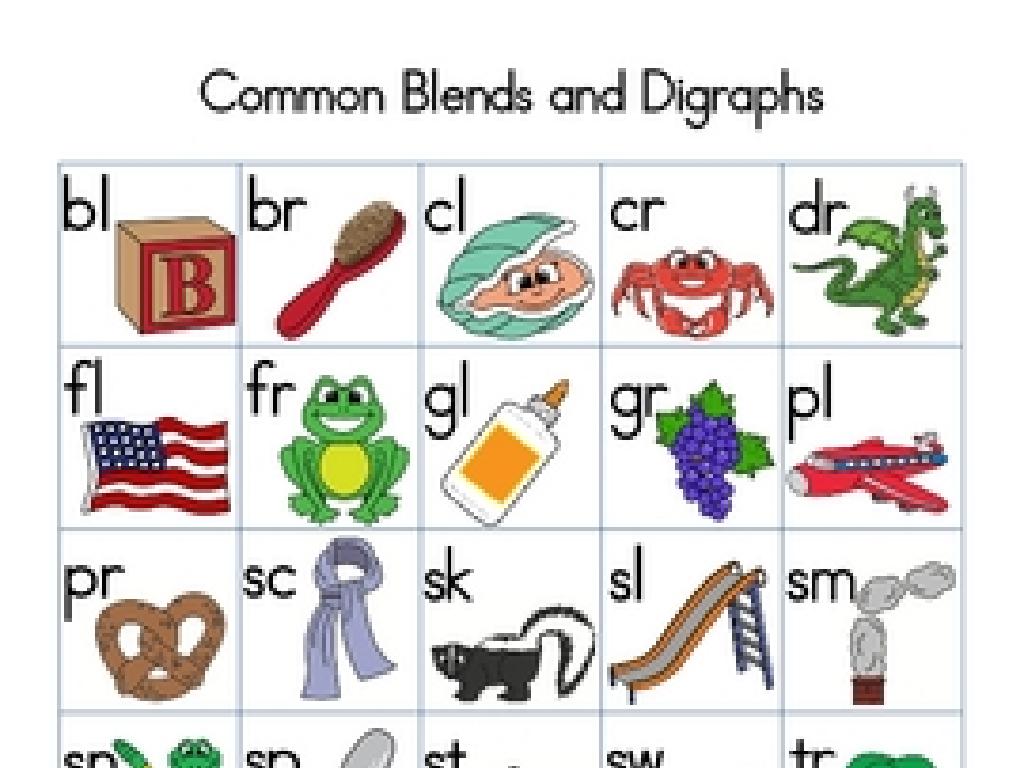Put Money Amounts In Order
Subject: Math
Grade: Third grade
Topic: Money
Please LOG IN to download the presentation. Access is available to registered users only.
View More Content
Introduction to Money: Coins and Bills
– Learn about coins and bills
– Pennies, nickels, dimes, quarters, and bills are all used for transactions.
– Understand money’s role
– Money helps us buy things we need and want in everyday life.
– Review money denominations
– Recognize pennies as 1 cent, nickels as 5 cents, dimes as 10 cents, quarters as 25 cents, and bills of various values.
– Organize money amounts
|
This slide introduces students to the basics of money, including the different coins and bills that make up U.S. currency. Start by showing real or play coins and bills to help students become familiar with what money looks like and its physical attributes. Discuss the importance of money in everyday life, such as buying food or saving for toys. Review the value of each coin and bill, ensuring students can identify and differentiate between them. Finally, explain that organizing money amounts is a skill that will help them with spending and saving. Use examples like arranging coins from least to greatest value or grouping bills by their amount. Encourage students to bring in examples of coins and bills for the next class to practice.
Recognizing Money: Coins & Bills
– Identify different coins
– Pennies, nickels, dimes, quarters
– Learn the value of bills
– $1, $5, $10, $20 bills
– Match money with values
– Use games to match coins/bills to their values
– Practice ordering amounts
|
This slide introduces students to the basics of U.S. currency, focusing on recognizing and understanding the value of coins and bills. Start by showing real or play coins and bills, and discuss their names, values, and physical differences. Use interactive activities such as matching games to help students associate each coin and bill with its value. Finally, encourage students to practice ordering different amounts of money from least to greatest to reinforce their understanding of value. This will set a foundation for future lessons on making change and calculating sums of money.
Comparing Money Amounts
– Learn to compare money amounts
– Use symbols: >, <, =
– Greater than, less than, equal to
– Example: $0.25 vs $0.30
– Which is more? $0.25 < $0.30
– Practice with different amounts
|
This slide introduces the concept of comparing different amounts of money, which is a practical skill for everyday life. Start by explaining that just like numbers, money amounts can be compared using symbols for greater than, less than, and equal to. Provide clear examples, such as comparing quarters and dimes, to illustrate the concept. Encourage students to think about the value of coins and bills they use regularly. For the class activity, have students practice by listing different amounts of money in order from least to greatest and vice versa. This will help solidify their understanding of money values and comparison.
Ordering Money Amounts
– Learn to order different money amounts
– Arrange amounts from least to greatest
– Start with the smallest value, like pennies, and move up
– Arrange amounts from greatest to least
– Start with the largest value, like dollars, and move down
– Practice with an example
– Example: $0.50, $0.75, $1.00 (least to greatest) or $1.00, $0.75, $0.50 (greatest to least)
|
This slide introduces the concept of ordering money amounts to third-grade students. Begin by explaining that money can be compared and arranged just like numbers. Emphasize the importance of looking at both dollars and cents to determine the value. Use real coins and bills to demonstrate how to arrange them from the smallest to the largest amount and vice versa. The example provided should be worked through as a class, with students given the opportunity to explain their reasoning. For homework, students can be asked to find examples of money amounts in real life, such as in store flyers or receipts, and practice ordering them.
Using Money in Real Life: Ordering Amounts
– Importance of ordering money
Knowing how to sequence money helps with budgeting and spending.
– Real-life examples of money order
From cheapest to most expensive toys, or bills from low to high.
– Discuss money ordering experiences
Share times you’ve arranged money, like allowance or shopping.
– How ordering helps decision making
|
This slide aims to teach students the practical skill of ordering money amounts, which is crucial for effective financial management. Start by discussing why it’s important to know how to order money, such as for budgeting purposes or making informed spending decisions. Provide relatable examples where ordering money is necessary, like when comparing prices of toys or organizing bills to be paid. Encourage a class discussion where students can share their own experiences with using money in order. This could include times they’ve saved their allowance to buy something more expensive or helped their parents with shopping. Emphasize how ordering money can help in making better financial choices. The teacher should facilitate the discussion, ensuring all students participate and understand the concept.
Class Activity: Money Sorting Game
– Let’s play a money ordering game!
– Each student gets play money
– You’ll use fake coins and bills for this game
– Work in groups to sort money
– Discuss with your teammates the best way to order your money
– Complete the challenge together
|
This interactive class activity is designed to help students understand the concept of money and its value. Provide each student or group with a set of play money, including coins and bills of different denominations. The challenge is to arrange the money in order from the smallest to the largest amount. This activity encourages teamwork and discussion among students as they decide the order of their money. It also reinforces their ability to recognize and order numbers, as well as their understanding of the value of different coins and bills. Possible variations of the activity could include timing the groups for a friendly competition, having students explain their sorting strategy, or introducing real-life scenarios where they might need to order money, such as making change during a purchase.
Conclusion: Ordering Money Amounts
– Recap: How to order money
– We reviewed steps to list money from least to greatest.
– Importance of money ordering
– Helps with budgeting, shopping, and saving.
– Homework: Money ordering worksheet
– Complete the worksheet to practice skills learned.
|
As we conclude today’s lesson, remind students of the steps we’ve taken to put different money amounts in order. Emphasize the real-world applications of this skill, such as making smart choices while shopping, understanding savings, and managing allowances or earnings. For homework, assign a worksheet that provides a variety of money amounts for students to practice ordering. This will reinforce their understanding and help them become more comfortable with the concept. Encourage them to try using this skill in real-life situations, like when they receive money as a gift or earn from chores.






